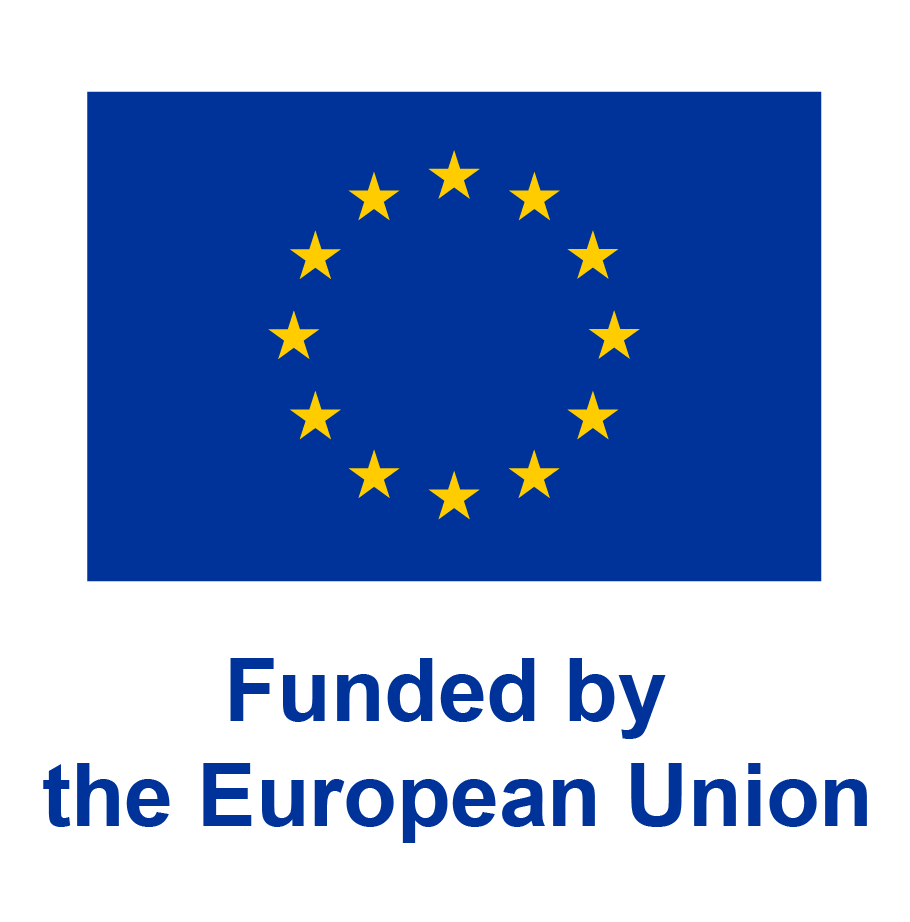

-
Engineering and technology
- Optical fibre communications
- Wireless communications
The project will address the following key question: How can we provide fibre)like connectivity to moving objects (robots,humans) with the following characteristiscs: very high dedicated bitrate of 100 Gb/s per object, very low latency of <10 s very high reliability of 99.999% density more than one object per m2 and this at low power consumption? Achieving would be groundbreaking it requires a completely new high-risk aproach: applying close proximity wireless communications using interference ultra small cells ( called ATTO-cells ) integrated in floors connected to antennas on the (parallel) floor-facing surface ground moving objects. makes possible obtain densities with good channel conditions. The technological challenges involver are mobile networking (overall achitecture handover extremely latencies) subsystems (60GHZ subtrate waveguide-based distributed antenna systems RF transceivers crosstalk between ATTO-cells) optical interconnect (simple non-blocking optival coherent remote selection transparent 100 GB providing unique communication infrastructure settings ATTO concept will not only support highly demanding future 5G services (UHD streaming cloud computing storage augmented virtual reality range LoT etc.) but alse even that challenging our imagination such as robot swarms or brain computer interfaces PFlops capabilities. This for ultra-hig capacity networks open up many opportunities reconfigurable factories intelligent hospitals flexible offices dense public spaces etc.